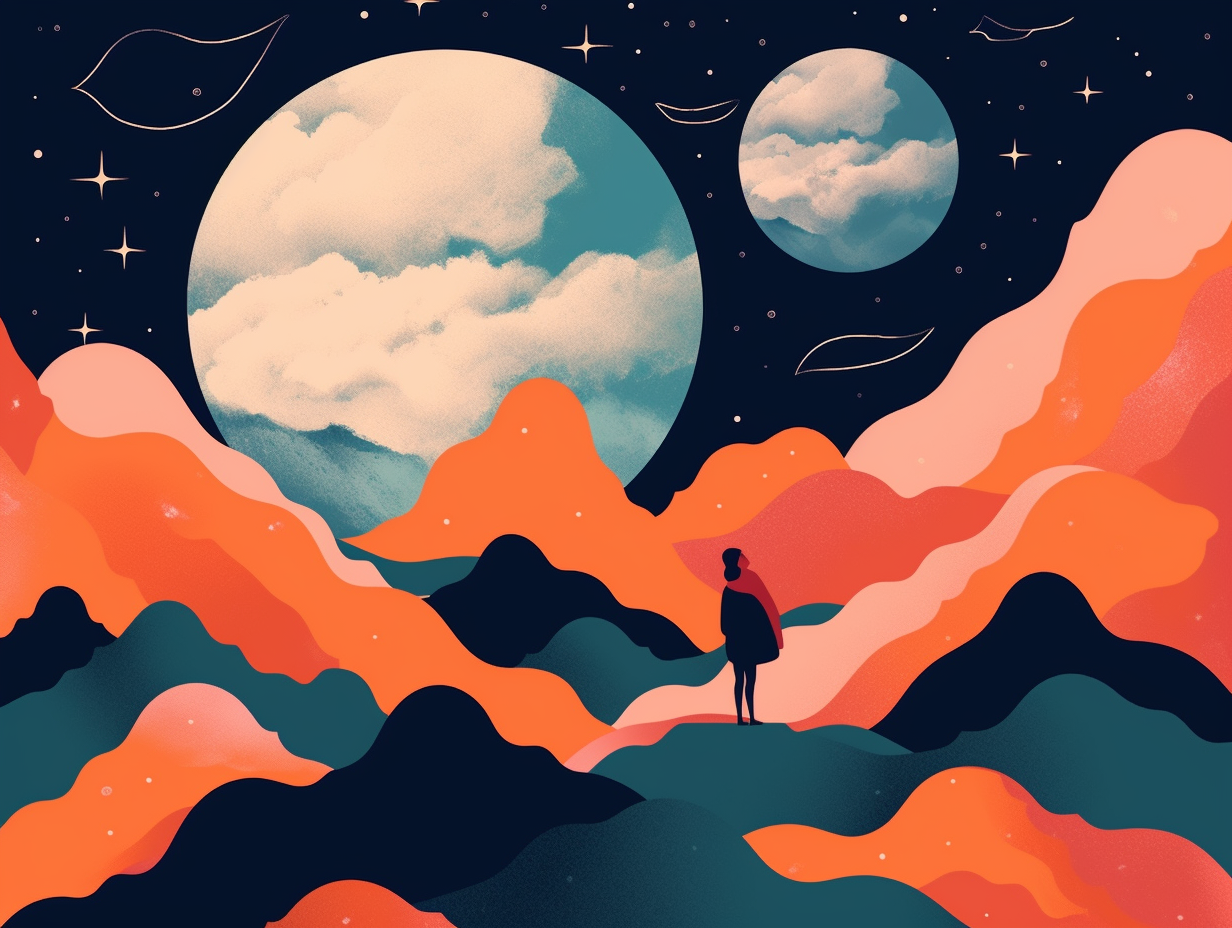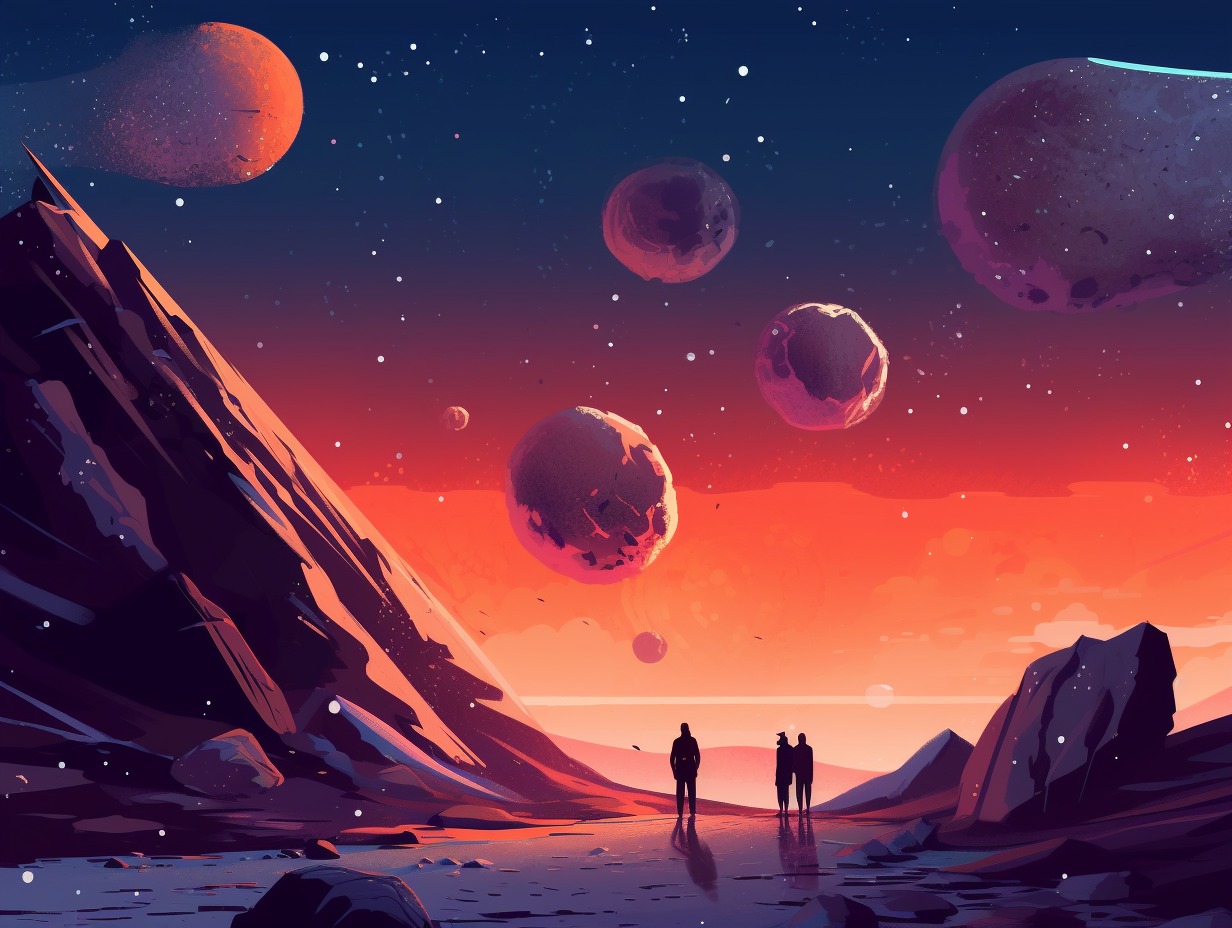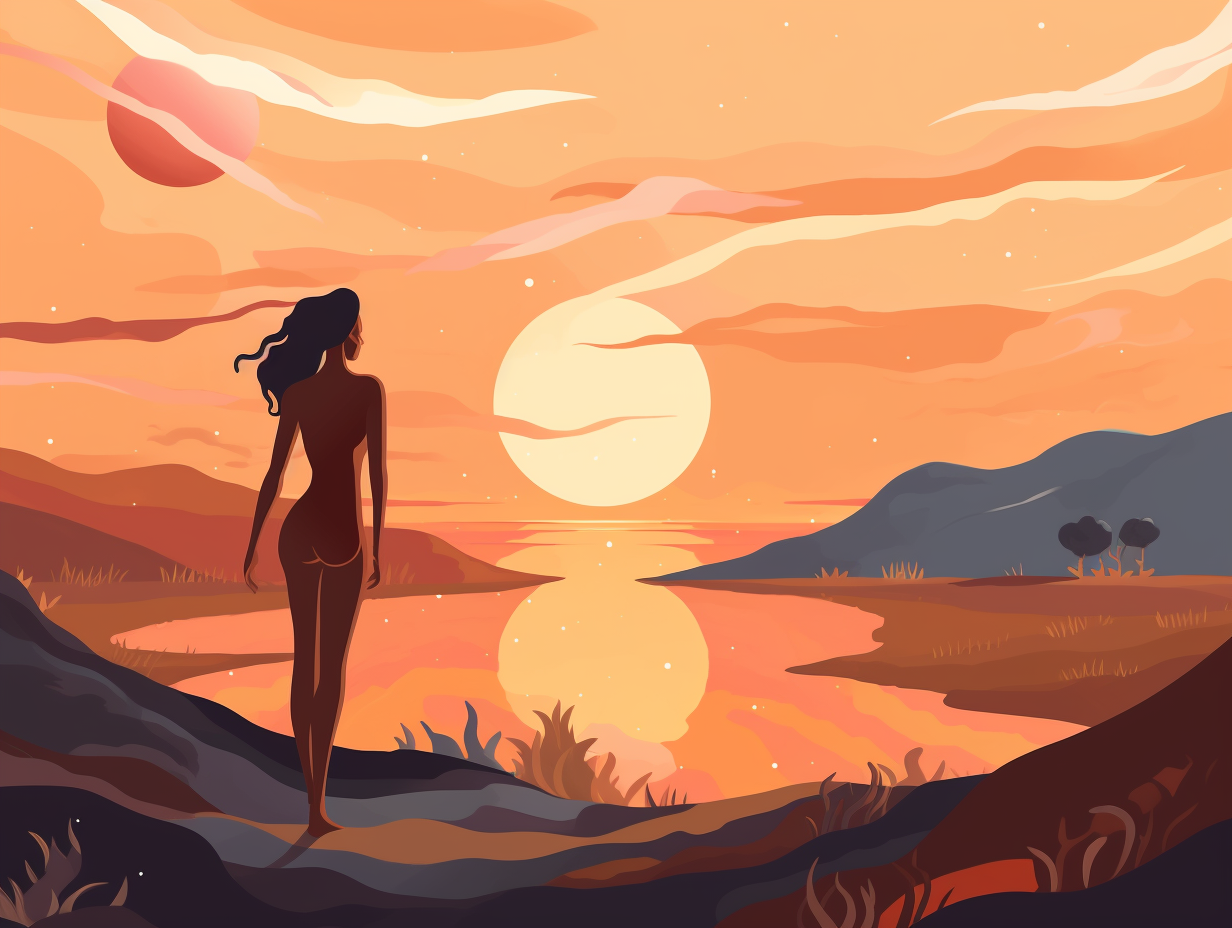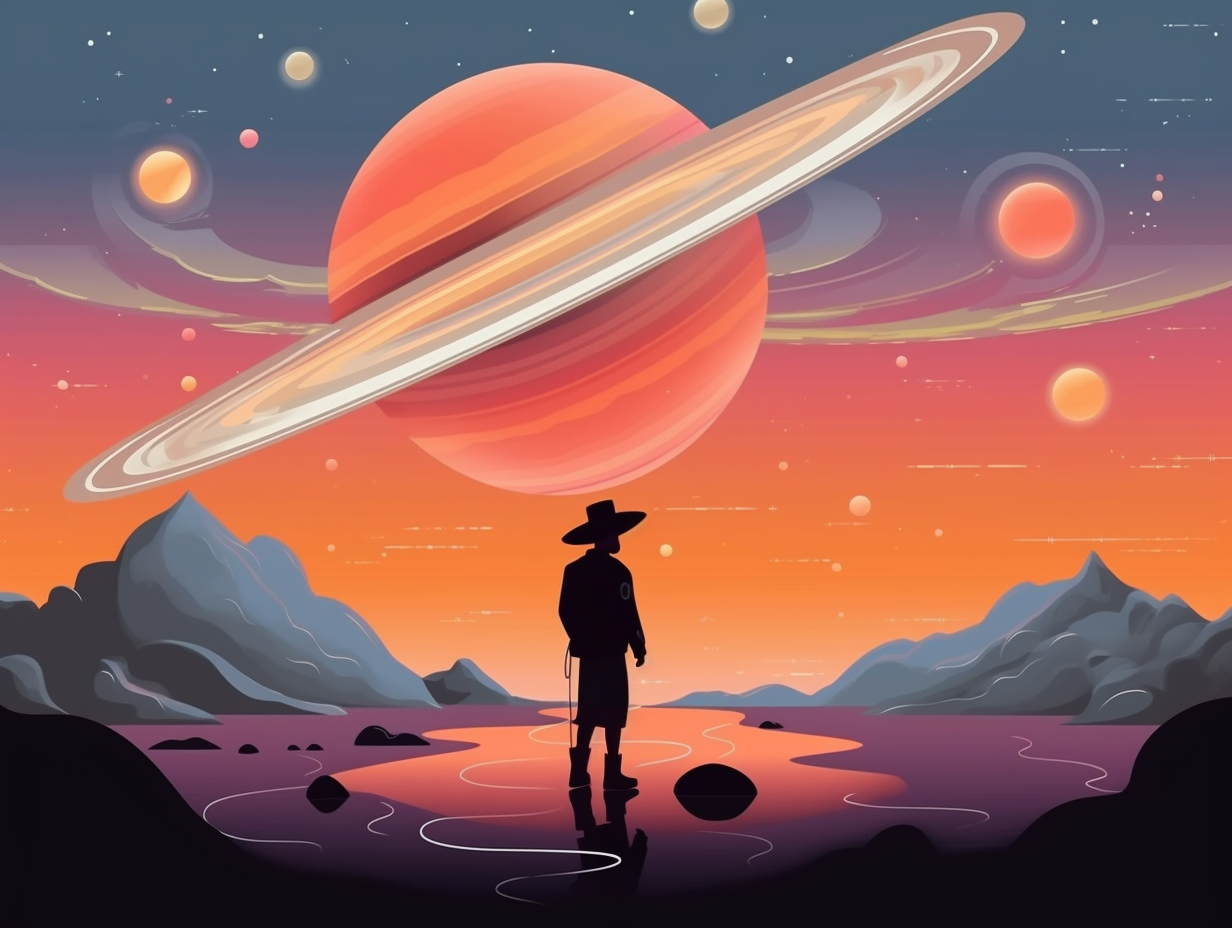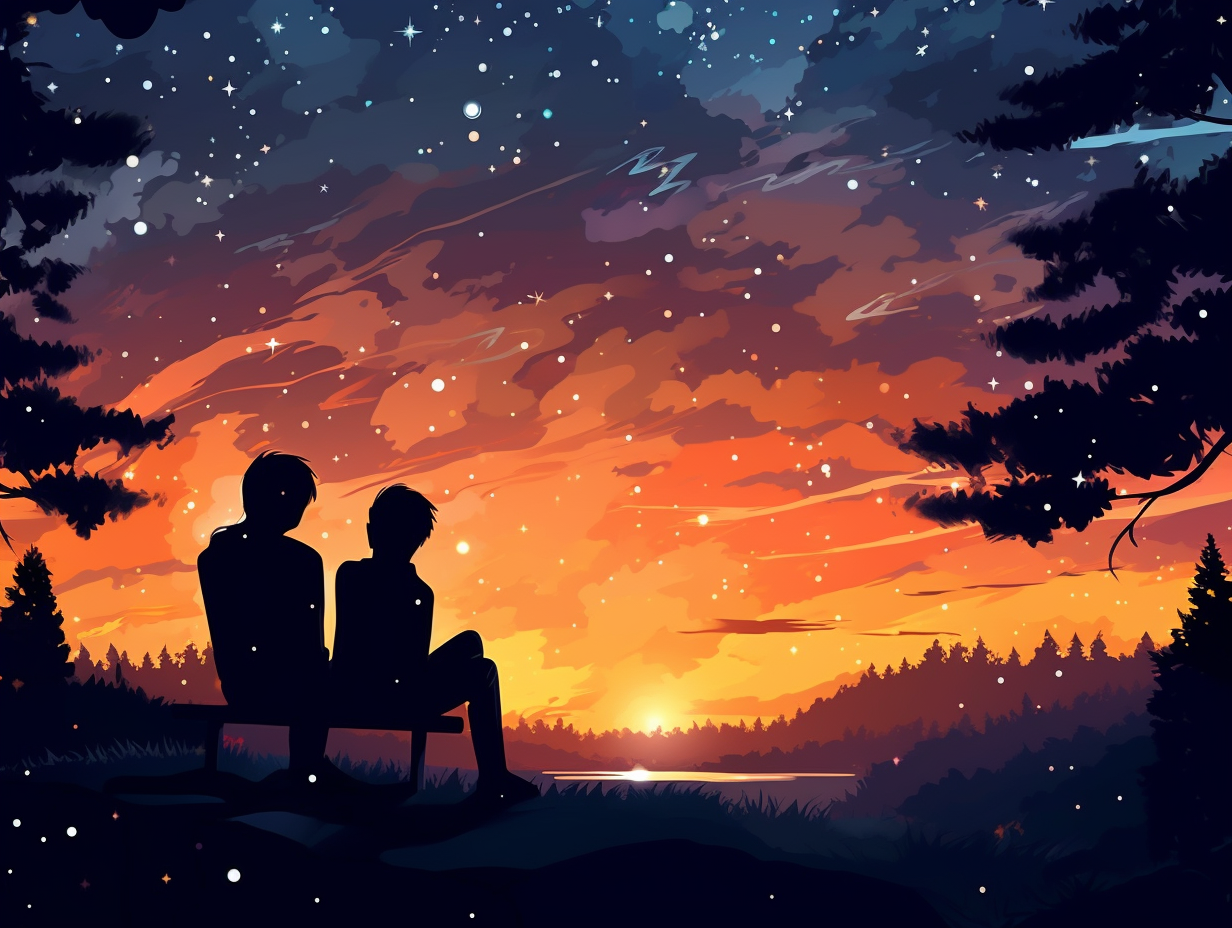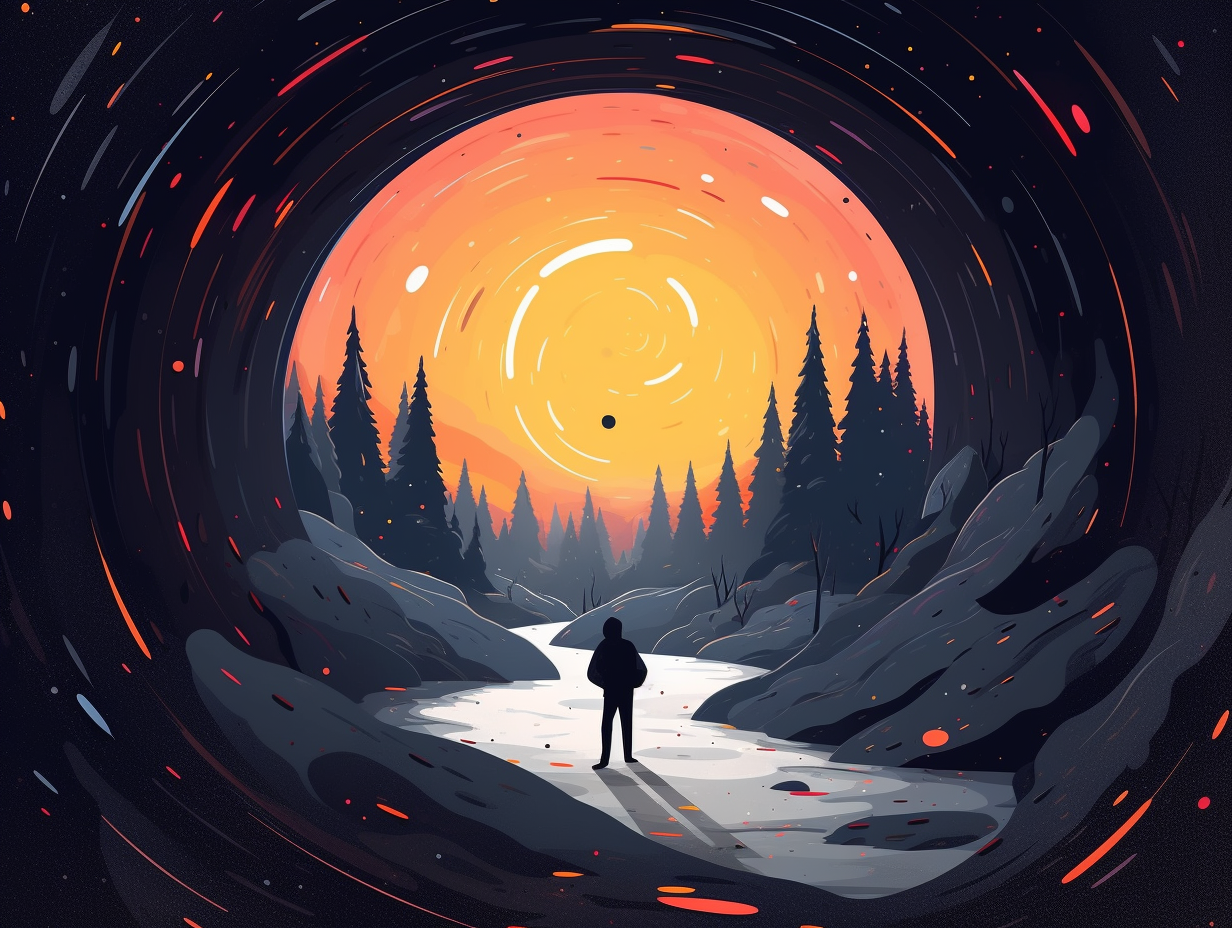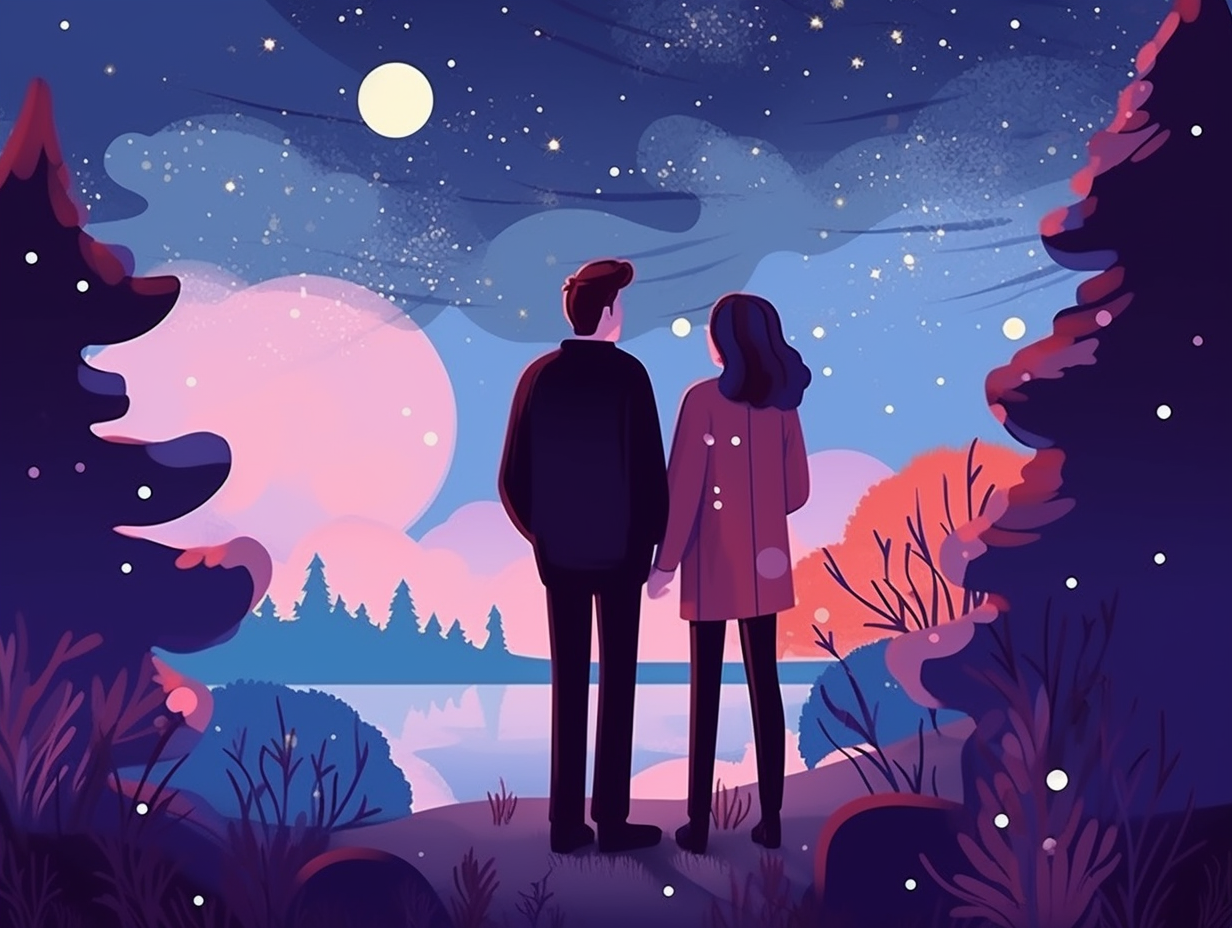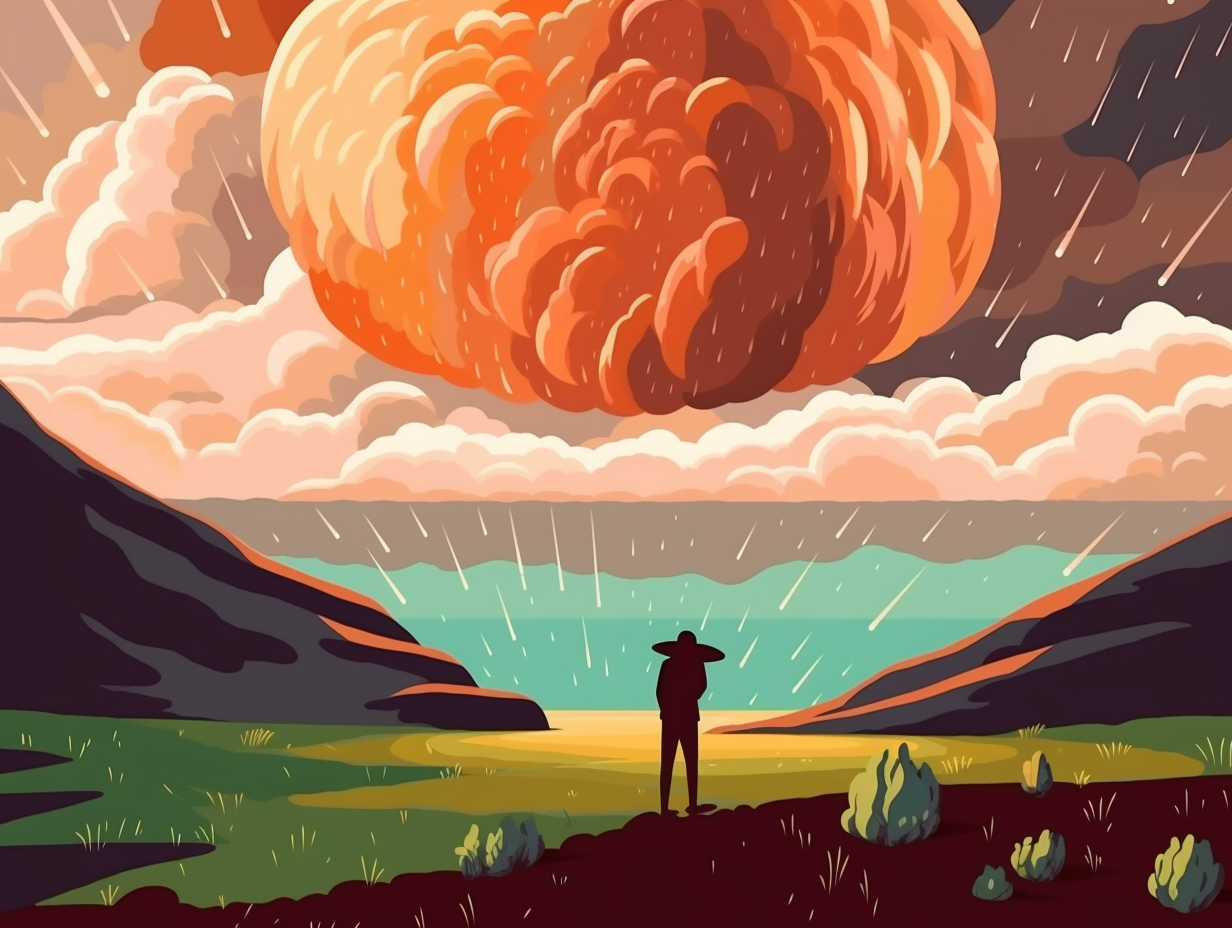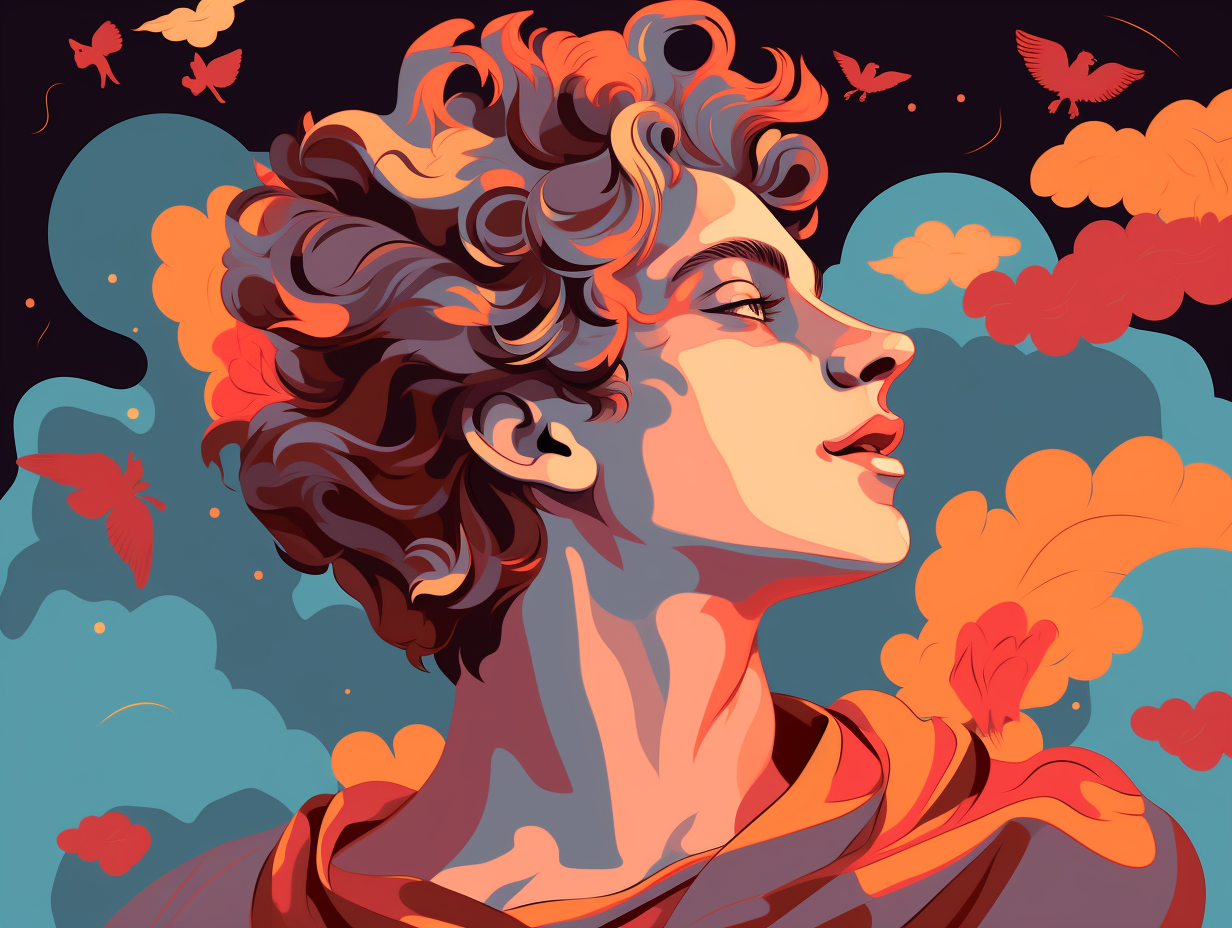14 Amazing Fun Facts About Lunar Eclipses You'll Want to Share!
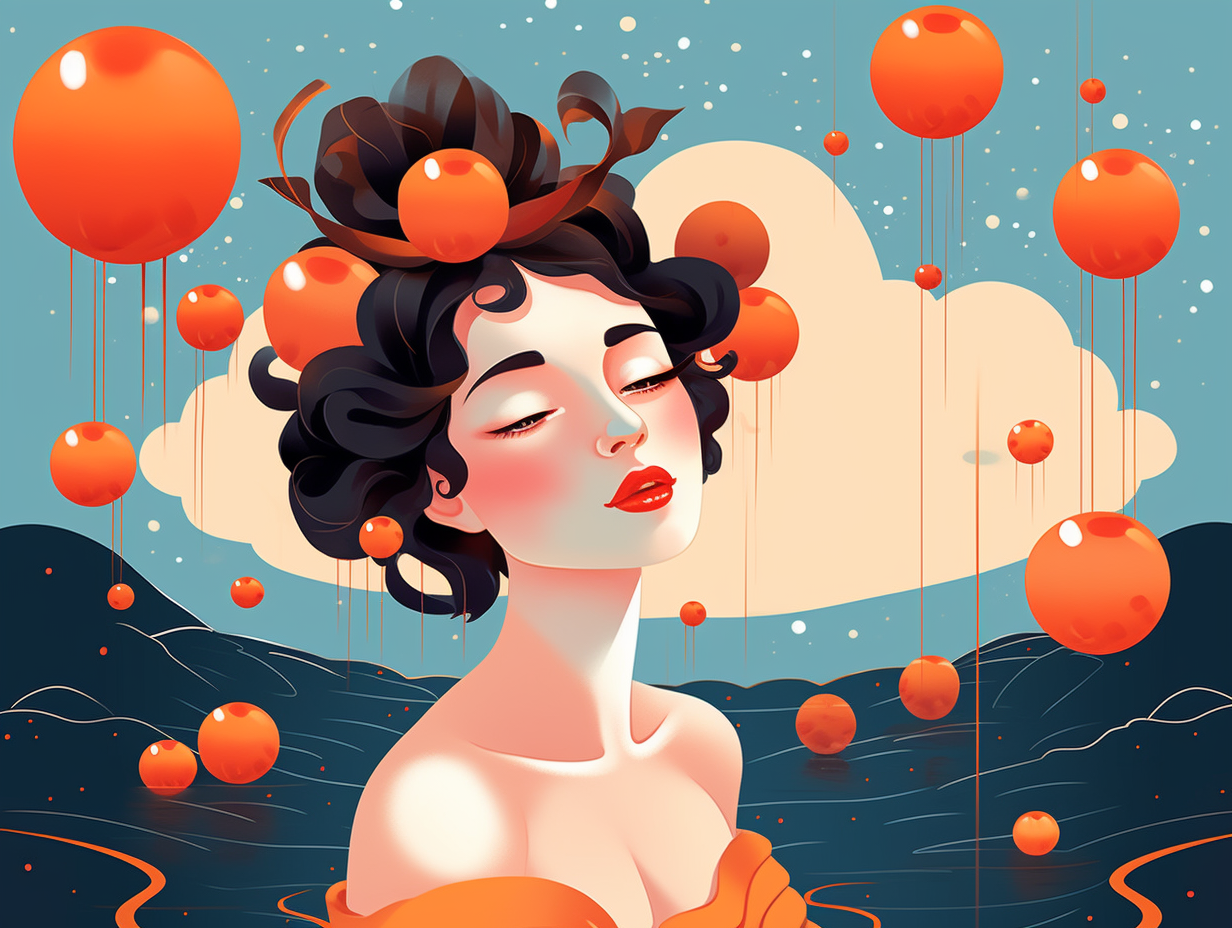
1. Red Hot Chili Moon Party
When the Moon throws a Red Hot Chili Peppers-themed party, it knows how to commit: During a total lunar eclipse, the Earth's atmosphere scatters shorter wavelengths of light, resulting in the Moon rocking a reddish-orange hue due to Rayleigh scattering, the same phenomenon behind stunning sunrises and sunsets. Even the Earth's ozone layer joins the festivities, adding a punchy turquoise band on the Moon's surface at the beginning and end of the sky-high soiree!
Source => timeanddate.com
2. Tomato Juice Moon Makeover
Once in a blood moon, our lunar neighbor appears to have had too much tomato juice with a dash of hot sauce: During a total lunar eclipse, the Moon turns an eerie shade of red or copper, thanks to Earth's atmosphere scattering sunlight and bending it, allowing only the longer wavelengths such as red and orange to pass through and reflect back onto the Moon's surface.
Source => nhm.ac.uk
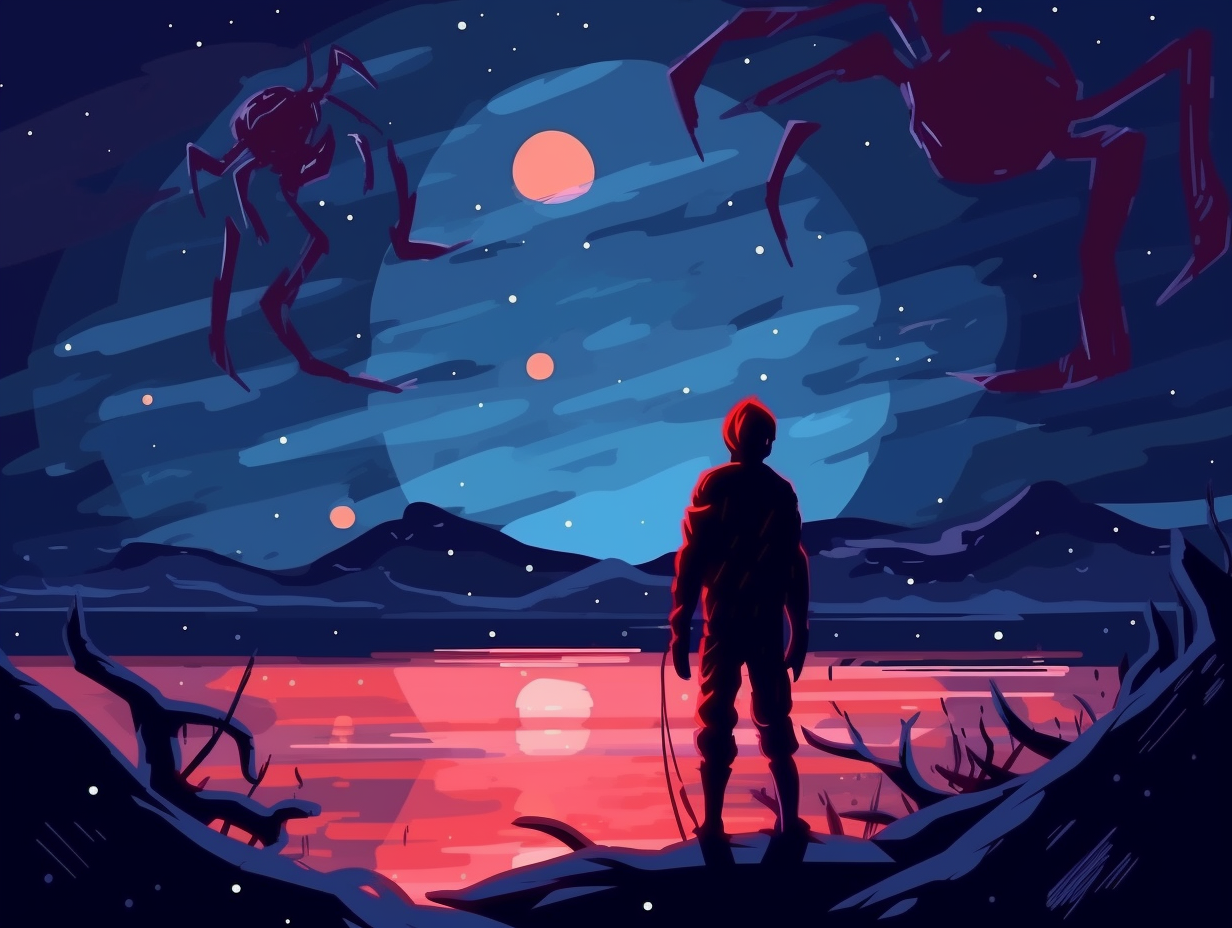
Did you know that a cosmic dance involving Earth, the Moon, and the Sun creates breathtaking silhouettes during a solar eclipse? Discover more about this astronomical phenomenon, but remember your protective eyewear!
=> Fun Facts about Solar-Eclipse
3. Blood Moon vs. Vampires
Move over vampires, there's a new "blood moon" in town: During a total lunar eclipse, our celestial neighbor sports a reddish hue caused by scattered sunlight passing through Earth's atmosphere, much like the vibrant colors of sunrises and sunsets, but worry not – moon tans aren't a thing, as the lunar surface doesn't emit any radiation that could cause tanning.
Source => airandspace.si.edu
4. The Moon's Atmospheric Mood Ring
Get ready for nature's mood ring in the sky: During a lunar eclipse, the Moon's red or orange hue depends on various factors such as dust particles, water droplets, clouds, and mist in Earth's atmosphere, as well as the presence of volcanic ash and dust – so the Moon could be anything from a blushing tangerine to a brooding, crimson spectacle.
Source => timeanddate.com
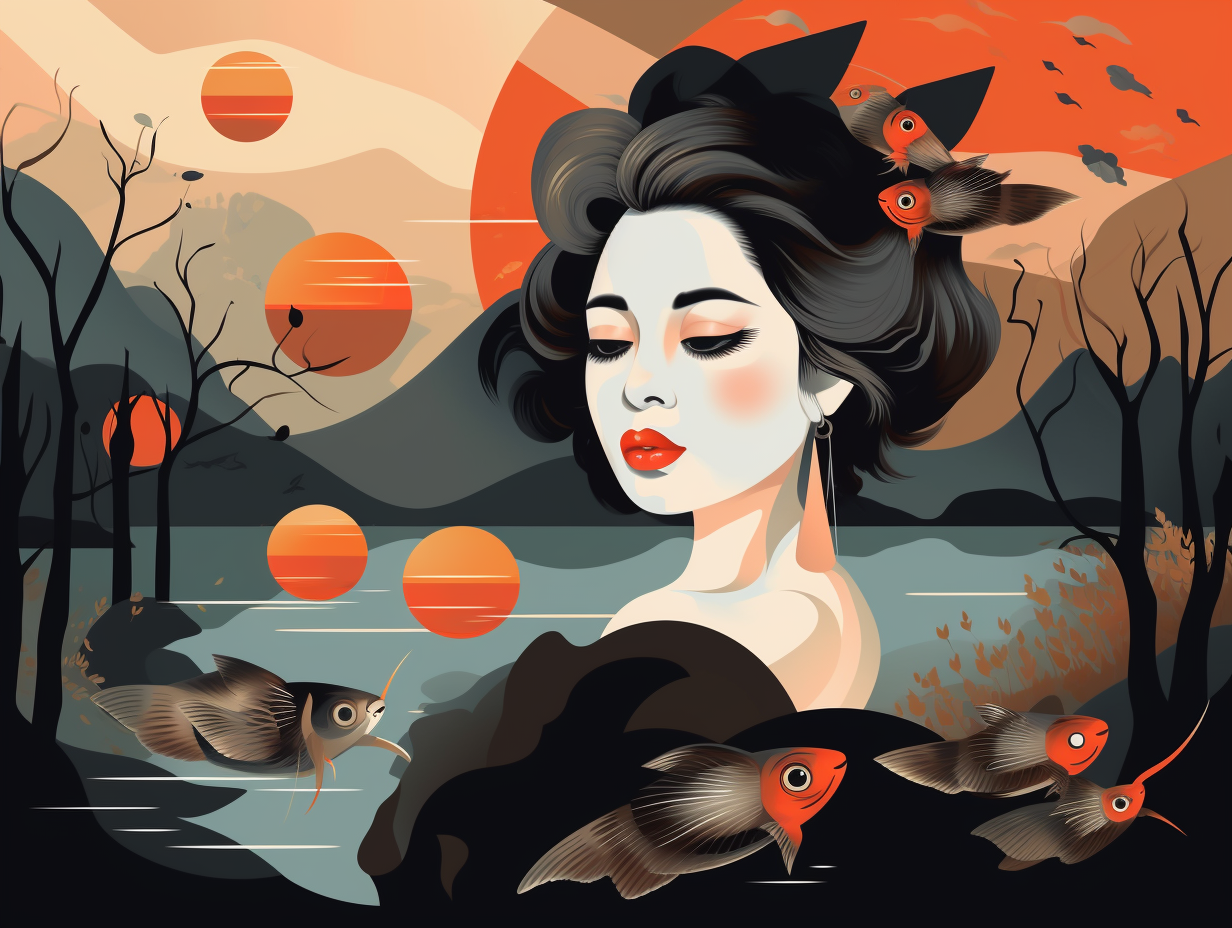
5. Werewolf Eclipse Weakness
Werewolves, brace yourselves for a lunar lunacy: a penumbral lunar eclipse not only dulls the moon's shine but also weakens a werewolf's paranormal prowess, lowering aggression and potentially making them susceptible to a cure for their lunar-induced Lycanthropia during the eclipse.
Source => mysticinvestigations.com
6. Mother Nature's Crimson Sky Soiree
When Mother Nature throws a cosmic soiree and paints the town red, she doesn't skimp on the decorations: during a lunar eclipse, the moon turns a striking reddish hue as Earth's atmosphere bends the sunlight and casts it onto the lunar surface, creating a spectacular "blood moon" for all to enjoy.
Source => airandspace.si.edu
7. The Cosmic Fashionista Moon
When the Moon decides to play dress-up in its favorite shade of red for a celestial masquerade: A total lunar eclipse occurs, casting the Moon in a reddish hue due to the indirect sunlight filtering through Earth's atmosphere. This color ranges depending on the amount of dust present, with increased dust resulting in a darker rouge. Happening up to thrice a year, lunar eclipses can be safely admired with the naked eye, binoculars, or a telescope for a closer peek at our cosmic fashionista.
Source => weather.gov
8. Earth-Themed Moon Party
When the moon throws an Earth-themed party, it exclusively invites the color red: During a total lunar eclipse, the moon takes on a range of hues from deep red to bright orange, thanks to sunlight being refracted towards it by the dust, water, and other particles in Earth's atmosphere. This colorful celestial spectacle leaves skygazers mesmerized by the unique shades on display.
Source => space.com
9. Eclipse Pairs: The Cosmic Cotillion
Well, butter your biscuits and prepare for double trouble: eclipses happen in pairs! During an eclipse season lasting 34 to 35 days, our little sky-dancers - the sun and moon - perform an unexpected duet, resulting in one solar and one lunar eclipse, and sometimes even a thrilling encore of a third! This cosmic cotillion occurs due to the moon's orbit around Earth being inclined by about 5 cheeky degrees, creating intersection points called nodes. Mark your celestial calendars for 2023, as the next eclipse seasons will dazzle us with their galactic grace on April 24 and October 18.
Source => earthsky.org
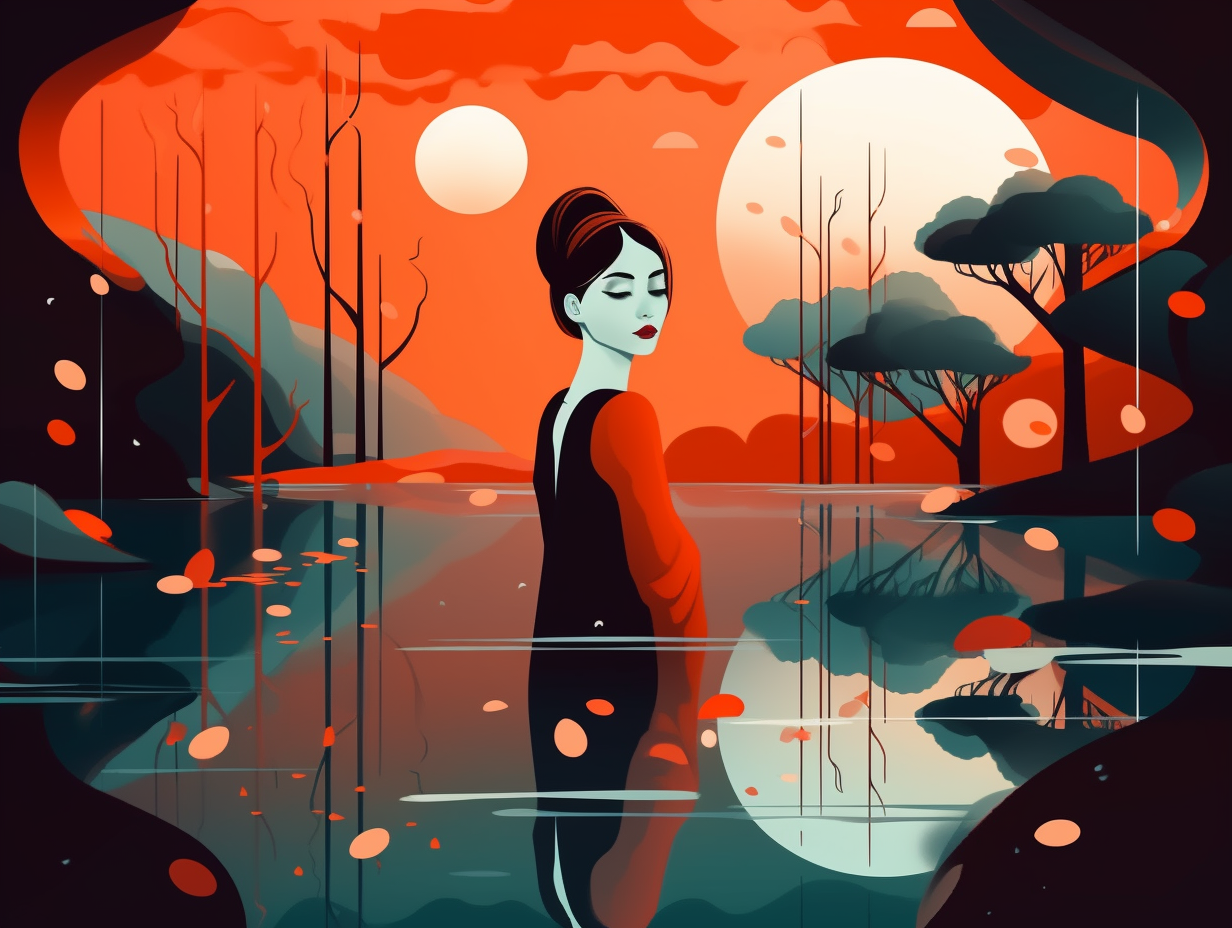
10. Lunar Red Carpet Temperature Drop
Moon-y a times, our celestial companion tries on its best tuxedo for a grand red carpet moment, complete with a dramatic flash of temperature tantrum: During a lunar eclipse, the moon's surface temperature plunges by an astonishing 150 to 250 degrees Celsius within just a few minutes, but its color manages to stay consistent throughout the awe-inspiring performance.
Source => news.ycombinator.com
11. Lunar Eclipse: A Safe Celestial Party
Lunar eclipses: Mother Nature's way of letting us watch the lights go out in the sky without having to worry about damaged eyes and snazzy specs! Seriously, though: lunar eclipses are safe to observe without any protective gear and can be enjoyed from almost anywhere on earth with a clear view of the sky, making it a celestial party that everyone's invited to.
Source => diffen.com
12. Earth's Moonlight Photobomb
Moonwalkers beware, there's a curfew during a full moon party: lunar eclipses only happen when the moon is fully illuminated and Earth decides to photobomb by cutting off the sunlight. Moon goes from party animal to red-faced, much like a satellite that stayed out too late—thanks to the sunrises and sunsets casting their rosy glow onto the lunar surface, depending on Earth's atmospheric conditions, of course. Hidden moonlight soirees occur two to four times a year, visible to about half our planet, with the next total lunar eclipse and blood moon happening on March 13/14, 2025.
Source => space.com
13. Sunscreen for Lunar Colonists
To the Moon and back, but with sunscreen: During a total lunar eclipse, the Earth leaves the Moon exposed to harmful solar radiation, with the Earth's chaotic magnetotail even threatening lunar colonists and equipment during severe solar storms.
Source => space.stackexchange.com
14. The Moon's Rebel Hide-and-Seek Phase
When the moon plays hide-and-seek with Earth and decides to wear a reddish-orange veil, just remember: it's not going through a rebellious phase, it's just experiencing a total lunar eclipse! During this astronomical event, Earth's penumbral shadow causes subtle shading on the moon, which eventually ventures into the dark umbra, and depending on Earth's own weather conditions, it may take on a range of colors from orange to brown while treating stargazers to more visible stars.
Source => space.com
Related Fun Facts

